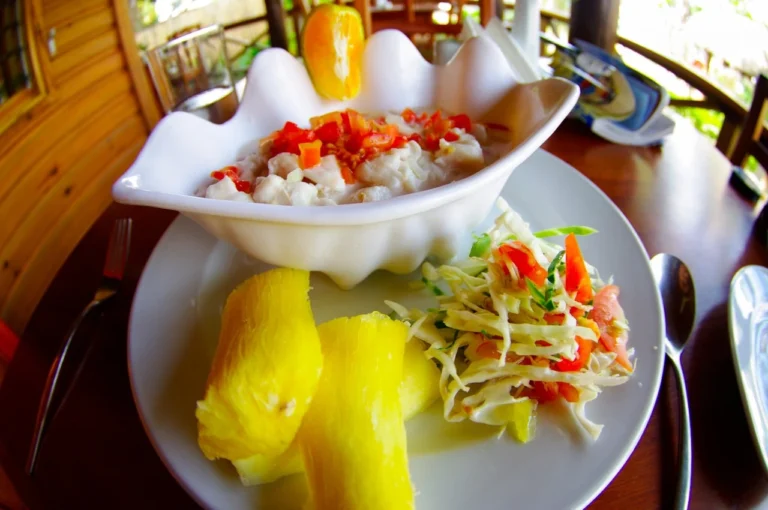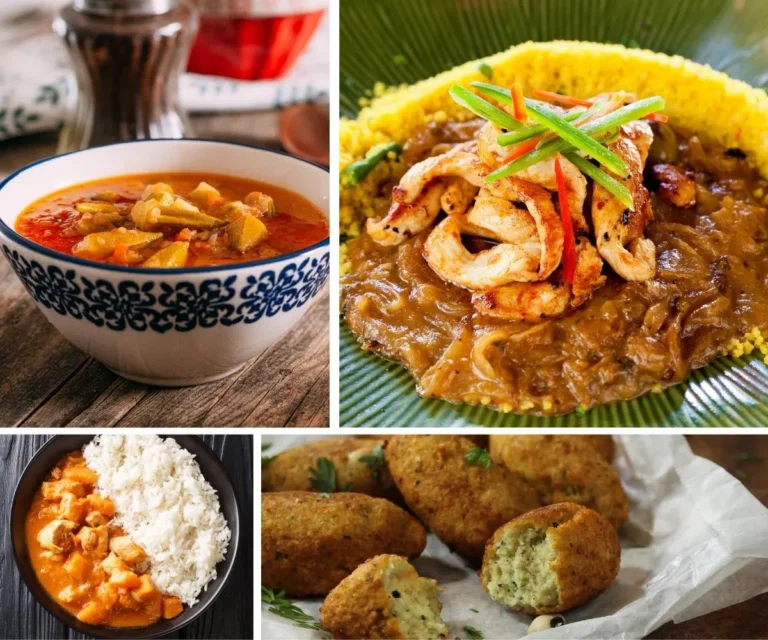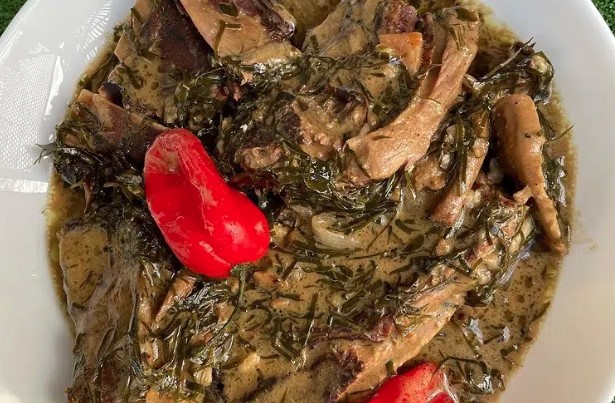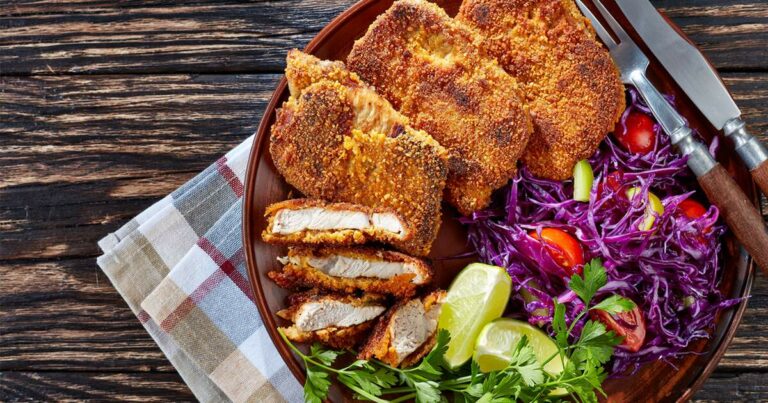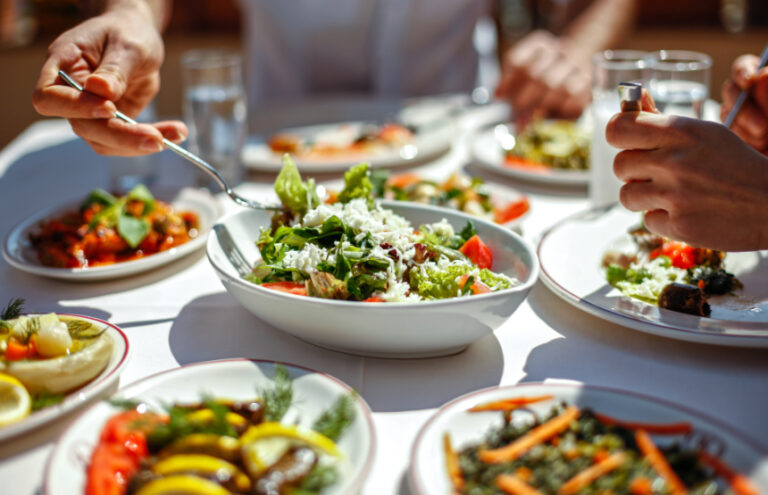Introduction
Fiji is an island nation located in the South Pacific Ocean. It is well-known for its stunning beaches, crystal-clear waters, and lush tropical forests. The Fijian cuisine is also something that attracts many visitors to the country. The food in Fiji is a fusion of different cultures, including Indian, Chinese, and Polynesian. However, seafood is a prominent part of Fijian cuisine. In this article, we will explore the role of seafood in Fijian cuisine and its influence on Fijian culture.
Fijian Cuisine
Fijian cuisine is a blend of different culinary traditions. The indigenous Fijians have their own traditional dishes, which are influenced by Polynesian cuisine. Indian cuisine has also had a significant impact on Fijian cuisine due to the large Indian population living in Fiji. Chinese cuisine has also influenced Fijian cuisine, especially in the cooking techniques used. Some of the typical ingredients used in Fijian cuisine include coconut milk, cassava, taro, yams, sweet potatoes, and seafood.
Seafood in Fijian Cuisine
As Fiji is an island nation, seafood is a natural part of its cuisine. Seafood is an excellent source of protein and is widely consumed by the people of Fiji. Fish, shellfish, and other sea creatures are used in a variety of Fijian dishes. Seafood is also a staple food for many Fijians who live in coastal villages.
Types of Seafood Used in Fijian Dishes
Fiji is home to a vast array of seafood, and many different types of fish are used in Fijian dishes. Some of the most commonly used fish in Fijian cuisine include tuna, mahi-mahi, snapper, and trevally. Shellfish such as clams, mussels, and lobsters are also used in traditional Fijian dishes.
Traditional Fijian Seafood Dishes
There are many traditional Fijian seafood dishes that are popular with both locals and tourists. One such dish is kokoda, which is a type of ceviche made with raw fish marinated in lemon or lime juice and coconut milk. Another popular dish is lovo, which is a traditional Fijian feast that involves cooking seafood and other meats in an underground oven.
Influence of Seafood on Fijian Culture
Seafood has had a significant influence on Fijian culture. It is a vital part of the country’s cuisine and is consumed on a daily basis by many Fijians. Fishing is also an important activity for many people living in coastal villages in Fiji. Seafood is also an integral part of Fijian ceremonies and celebrations, such as weddings and funerals.
Sustainability of Seafood in Fiji
Fiji’s seafood industry is facing many challenges, including overfishing and climate change. The government of Fiji has implemented several measures to ensure the sustainability of the country’s seafood industry. These measures include the creation of marine protected areas, the implementation of fishing quotas, and the promotion of sustainable fishing practices.
Conclusion
In conclusion, seafood is a prominent part of Fijian cuisine and plays a significant role in Fijian culture. It is a vital source of protein for many Fijians and is used in a variety of traditional dishes. However, the sustainability of Fiji’s seafood industry is a significant concern, and measures must be taken to ensure its long-term viability.

